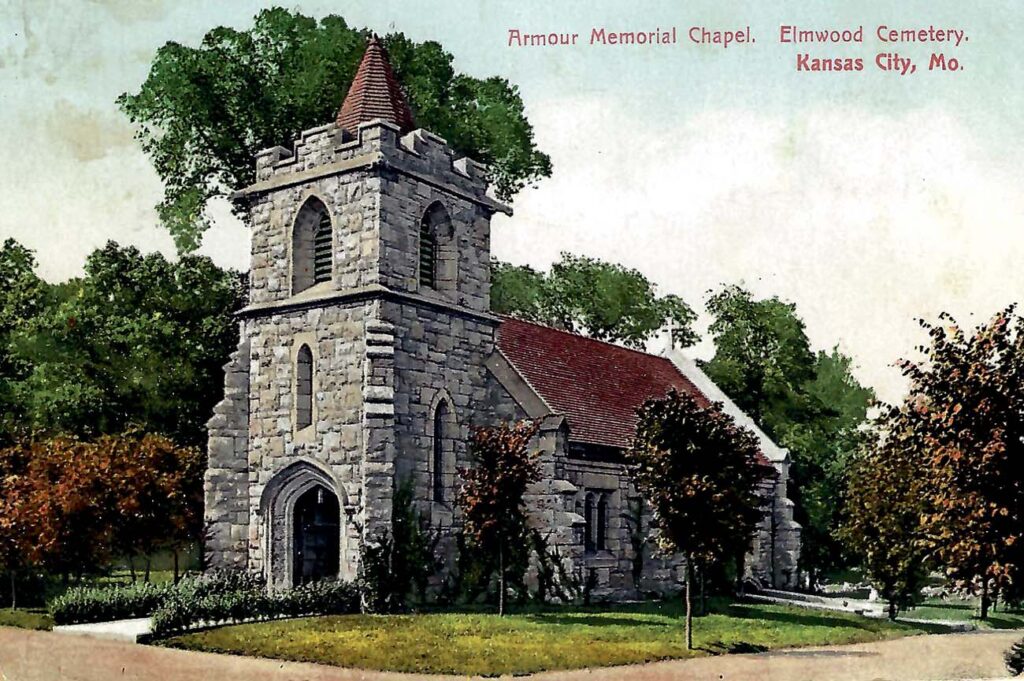
Michael Bushnell
Northeast News
The year was 1871 when Phillip Danforth Armour, in partnership with John Plankington, opened a small slaughterhouse at State Line and Central Avenue in what was then known as West Kansas. The plan was to capitalize on the many cattle trails that terminated in Kansas City where stock was loaded onto rail cars and shipped to packing houses in Chicago or Milwaukee for processing, then distributed to cities in the east.
Plankington retired from the business in 1885, and the Armour brothers’ company was organized. By 1908 it was one of the largest slaughterhouses in the world, with their Kansas City plant extending from State Line west to James Street and north of Central Avenue, and employing upwards of 5,000 people, all engaged in some aspect of keeping the Armour Packing House operational. The company’s advertising tag line was “Meats for the World” and with over 90 acres of floor space in their West Bottoms plant, they lived up to that mantra.
A huge steam whistle standing roughly six feet tall sat atop the powerhouse at the plant and was used to call workers from their homes in Armourdale, Argentine and Strawberry Hill. It is said residents within earshot of the whistle used to set their clocks and watches by the timing of the whistle blasts. Prior to the razing of the plant in 1964, the whistle was donated by the salvage company to the City of Kansas City, Kan.
In 1901, Kirkland B. Armour, one of the founding brothers of the firm, passed away. Two years later, his widow Annie Payne Hearne Littlefield Armour wanted to honor him, so she commissioned Chicago-based architect B. H. Marshall and local architect George Mathews to design a memorial chapel on the Elmwood Cemetery grounds. Archibald Turner, a local stone mason, was hired to build the stone chapel in the Gothic style, offering a place to perform funerals at Elmwood.
The chapel seats 80 people and features solid oak pews and intricately carved interior woodwork. A crematory was added to the chapel in 1917 and the three-panel stained glass window installed in 1922 is a memorial to Annie Littlefield Armour. The first funeral at the chapel was that of 32-year-old Della Marple on March 16, 1904.
Currently, Elmwood is raising funds to make upgrades to the historic chapel to make it more accessible to the community. The Elmwood Cemetery Society has received a $45,000 matching grant from the Prince Charitable Trust, but needs to raise that amount in order to proceed with the project.
Elmwood’s 150 anniversary celebration is slated for this coming Saturday, Oct. 1. For a complete lineup of events, visit the Elmwood Cemetery website at elmwoodcemeterykc.org/.

















